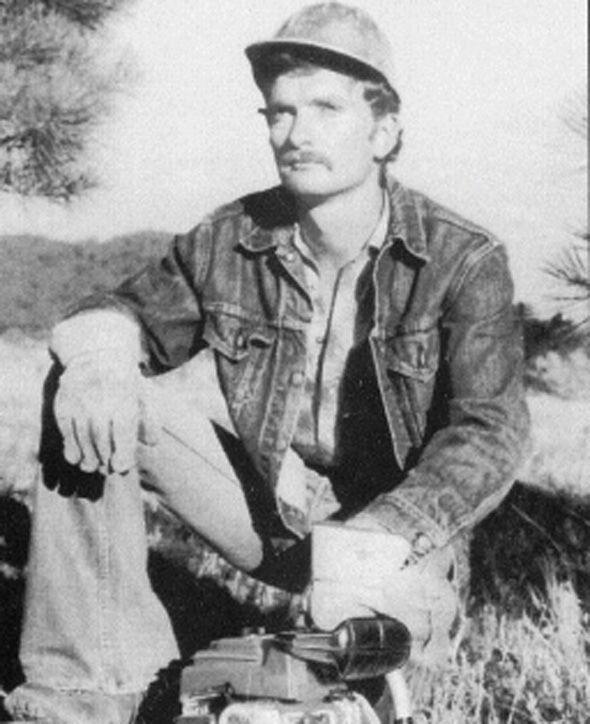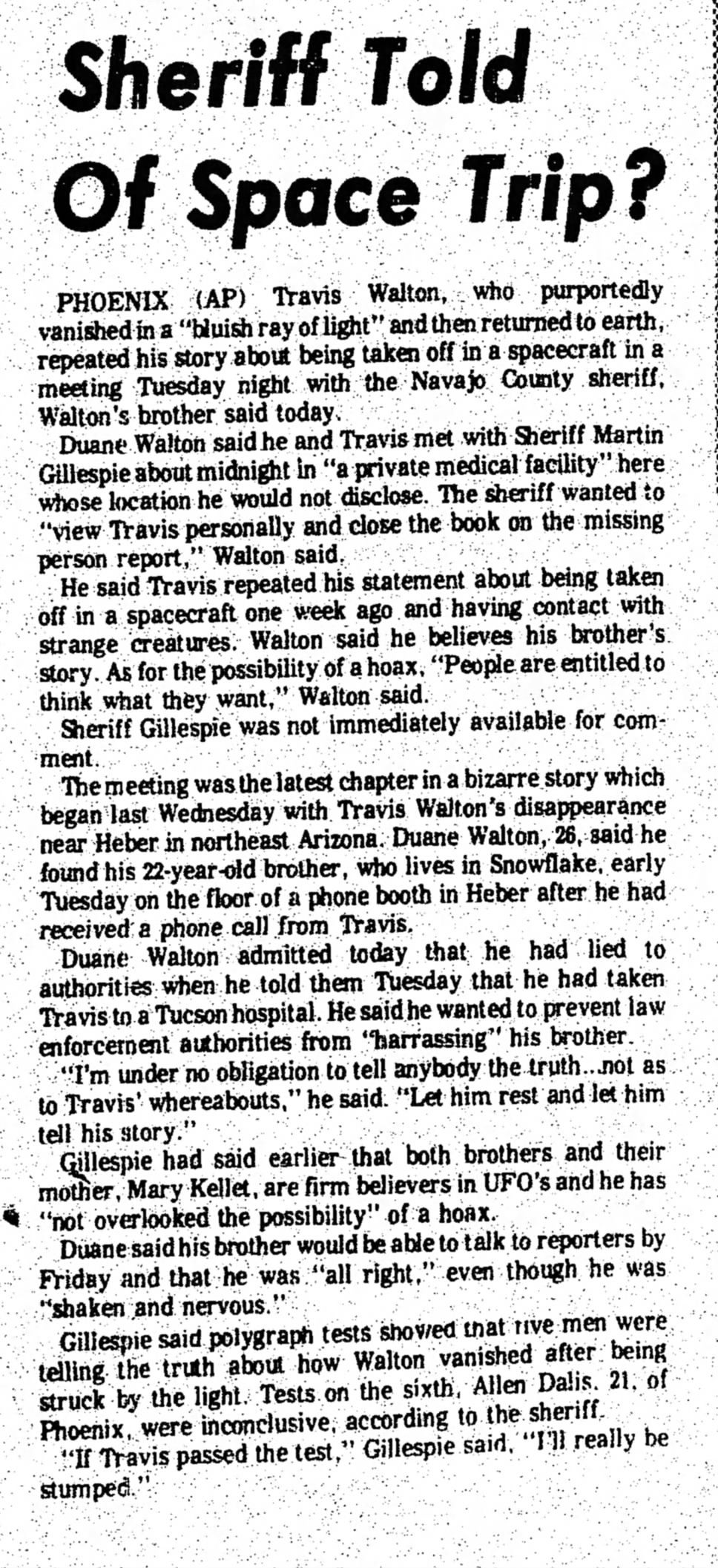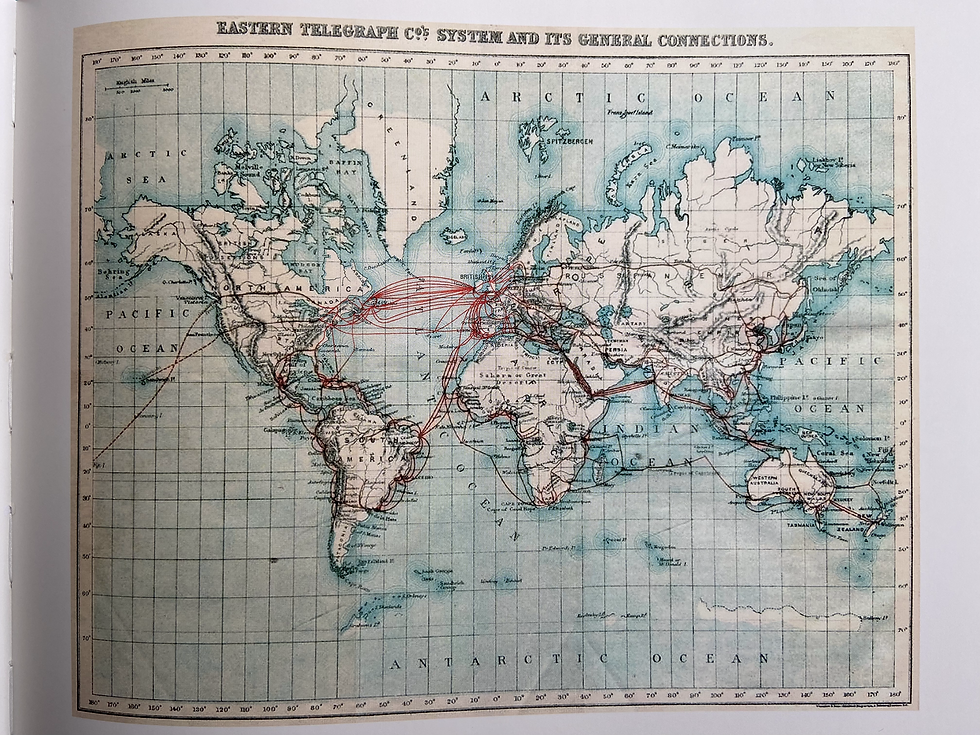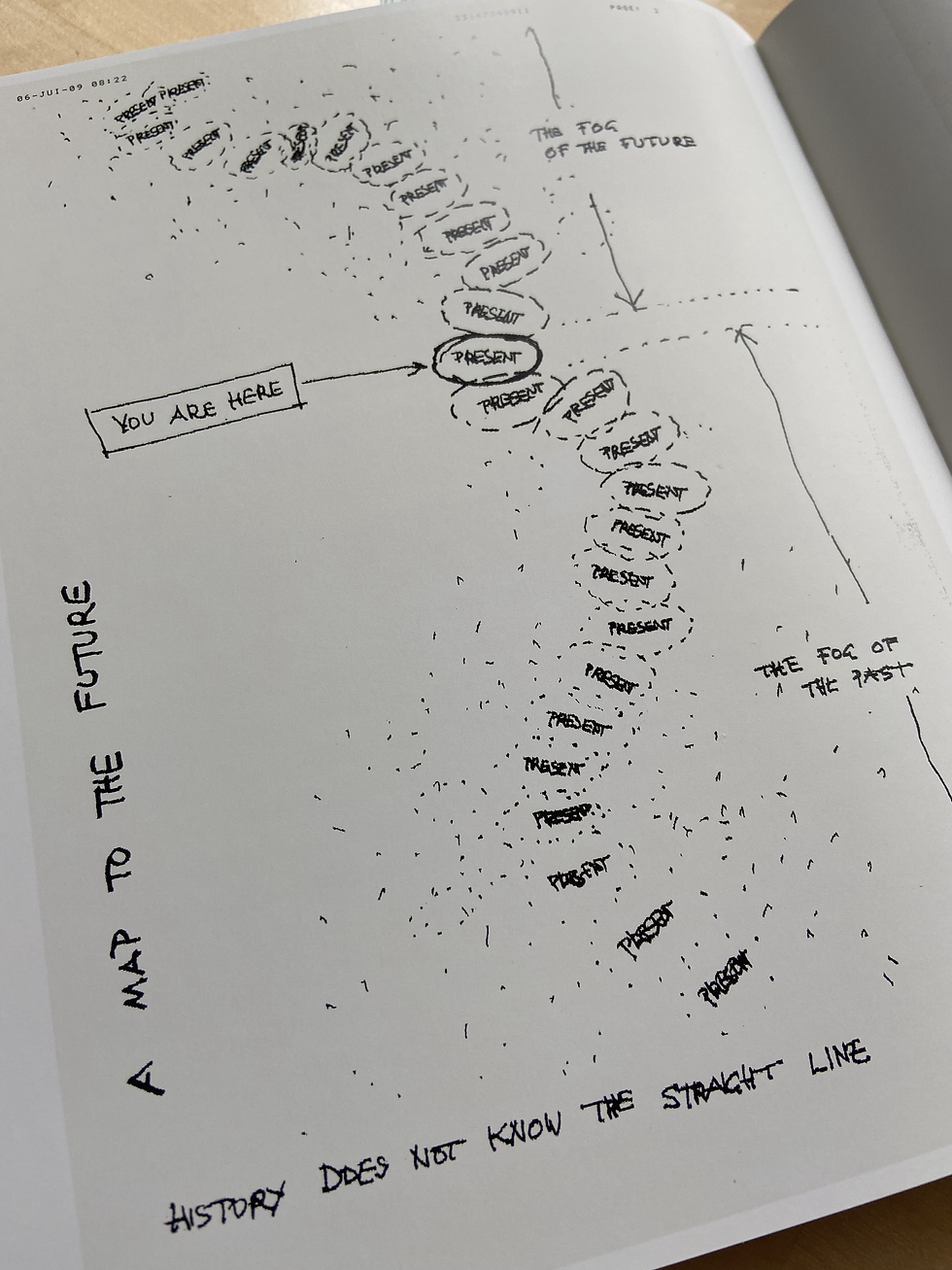
Hi and welcome to ‘a handful of history’, my fortnightly sharing of real-life stories from around the world. All the narratives I pick are rooted in history one way or another, yet I feel that most of them carry themes and happenings that seem very present day-like. I create this blog out of love and curiosity for the field of human history and culture, and I’m happy that you find it interesting too. My blog and newsletters are free; if you want to help me keep it going, please join my newsletter. THANK YOU. Thanks for being here - let's dive in. Enjoy! Majken xx
The Homecoming

In the 1990s, I watched the “X-Files” series. I sat there glued to the TV screen, fascinated by the strange cases (and by the two leading characters, Mulder & Scully) like so many others. Since then, I haven’t seen or heard anything quite like it - until I turned on ‘The Unexplained’.
The Unexplained is a podcast created by podcaster and writer Richard MacLean Smith. Every week he “explores a different unexplained mystery [..] from bizarre tales of supposed time-slips, vanishings and UFOs to chilling unexplained deaths and dabblings in the occult.” All the stories are rooted in real life, and they go back in time 5, 10, 20, 30 or 100+ years. Here's one: ‘The Homecoming’.

In November 1975, Travis Walton was driving home from work with five of his colleagues, all forestry workers, logging in the woods of Arizona's Apache-Sitgreaves National Forest. It was getting dark, but all in all, it was just an ordinary end of the day-afternoon. Suddenly a light appeared among the trees, and Walton and his mates stopped the car and got out. For some reason, Walton felt captured by the light and curiously, he started walking towards it. Then he disappeared. Five days pass, and when Walton finally returned, he claims that he’s been abducted by what he believed were beings from another planet. The police investigate the case but are not convinced that Walton is telling the truth. Still…two months later, in February 1976, local officers saw strange lights hovering around the nearby mountains. It was a light that “just seemed to be sitting there” while shifting colour from red to white to blue. “Whatever it was, it was no aeroplane”, they reported. So what happened exactly back then in the woods of Arizona's Apache-Sitgreaves National Forest? It will, probably, remain unexplained.
Photo: Travis Walton c. 1975 + “Sheriff Told Of Space Trip?” IN Casa Grande Dispatch, Arizona, 1975 Nov 12. In 1978 Walton published a book about his experiences. It was later made into a film. Walton continues to lecture about his abduction today.
Aerial Sheep Herding
"The history of the domestic sheep goes back to between 11,000 and 9,000 BC. Sheep are among the first animals to have been domesticated by humans. [They] were primarily raised for meat, milk, and skins. Woolly sheep began to be developed around 6000 BC in Mesopotamia (present-day Iran, Iraq, Turkey, Syria and Kuwait). They were then imported to Africa and Europe via trading." We often see sheep as “stupid, defenceless and harmless creatures that mope about on hillsides doing not very much”, this article writes. Also we agree that being "a sheep” is to be someone who mindlessly follows others. However, both views are far from the truth. In reality, sheep are actually “surprisingly intelligent, with impressive memory and recognition skills”, the article continues. “They build friendships, stick up for one another in fights, and feel sad when their friends are sent to slaughter.” In a short video (above), the Israeli photographer and filmmaker Lior Patel gives an overhead view of a flock of sheep. He’s followed the movements of a herd - from 1.000 to 1.750 sheep - over seven months above the Peace Valley in northern Israel. The result is truly unique.
Mapping it Out

“Eastern Telegraph Co’s System and it’s General Connections” (Map of 1901)
“This is a map of the internet in 1901. Surely there was no internet in 1901? But each technology is built on top of the previous technology, and the Internet is no exception. It was built on top of the telephone network, which was built, in turn, on top of the telegraph network, which already girdled the world by the end of the Victorian era, in 1901. So here it is. The Internet in 1901.” Tom Standage - writer.
*
There’s something fascinating about maps, I think. Old dusty maps, printed on thick paper with a yellowish glow and stained by mysterious marks. It’s an adventure right there waiting for you. Just grab your boots, get out there and start exploring, it says.
Maps have accompanied me through most of my years. When I was a teen, I learned how to find my way following solid marked roads and small dotted paths (yep, I was a scout). Later, I used maps during my studies to explore how certain localities looked historically and how they’d developed through the years. Where there used to be bare land, a railway suddenly appeared, factories were built in certain localities etc. Maps can be helpful in so many ways.
But a map is not just a map; it’s an interpretation of the world. For instance, all the world maps I saw in lecture books when I was a youngster - they all had Europe placed right at the centre (I never really thought about it until much later).
Also, a map does not solely have to be an illustration of a geographical area. You can map out all sorts of things.
Back in 2010, a "Map Marathon" was held at the Serpentine Gallery in London, and from this, the book “Mapping It Out - An Alternative Atlas of Contemporary Cartographies” was created. It features maps as you’ve never imagined them before. The overall purpose of the exhibition was to “rethink what maps can be and do” and the contributors to the collection were all from data scientists and philosophers to filmmakers and writers. In the book a selection of 140 maps are presented. They are divided into general chapters such as “Redrawn Territories”, “Scientia Naturalis”, “Invented Worlds”, and “The Unmappable”. Here are some examples.

“A Speaker’s Map of the Mind (the words we share).”
“The oldest words in our lexicon (largest font in image) change through history slowly enough that they might have been recognized by people living 15.000 years ago or more; younger words (small font) would not.
Our ancient shared speech is dominated in all languages by social relations - you, me, (I), what we do, to whom - and has been throughout our history.”
Mark Pagel, scientist.

“Maps are not about shapes but about energies flowing in and out of places. They are about directions and obstacles. The circulation of the blood. The blood of cities. The blood of a territory. All this akin to the instability of the mind. Of course, maps are objects to make us dream, where places look always mysterious. But I see them also as energy fields: structures (or continents!) are fixed, but life circulates between them. Streets are directions, are signs that allow the ongoing flow of life.”
Etel Adnan, writer.

“A Map to the Future.”
Yona Friedman, artist.
“Mapping It Out - An Alternative Atlas of Contemporary Cartographies” is put together by curator and Serpentine Gallery director Hans Ulrich Obrist.
The Original Cowboys Of the US West Coast
Did you know that the word "cowboy" originally was translated from the Spanish word "vaquero" - vaca meaning cow? I didn't. At least not until I watched the short documentary above.
Since the beginning of the 1500s, we are told, horses were imported from Spain to work on ranches in the Americas. It started just shortly after the Spanish had arrived. The vaqueros - i.e. Spanish and Mexican cowboys - were quickly hired by ranchers "thanks to their superior techniques and herding skills." By the late 1700s, they were the standard of cowboys and many English-speaking settlers adopted their methods and aspects of their culture.
"Many features of cowboy culture that remain prevalent today originated with the vaqueros, such as high-crowned, broad-brimmed hats." And, not least, the term "cowboy" translated from the Spanish word "vaquero".
Today the vaqueros still carry on the tradition of their ancestors in various communities throughout California. This short documentary (5 minutes), made by director Blake Myers, shows these modern-day cowboys and how they use their centuries-old methods. It’s beautifully made.
"Portrait of a Place: Vaquero". Short documentary by director Blake Myers.
Miss Julia Pastrana "The Nondescript"

In the 18- and 1900s, exhibitions of physically unusual humans - a.k.a. “freak shows” - were hugely popular, especially in the Western world. One of the famous characters from that time is the Mexican-born Julia Pastrana.
Julia Pastrana was born in 1834 in the mountains of Western Mexico. But what should have been a happy event soon turned into the opposite. Something was wrong with her. She was almost totally covered in black hair, her jaw jutted forward, her lips were unusually large, and her nose was wide and flat. Pastrana’s mother worried that her daughter’s looks resulted from supernatural interference, and soon she fled - or was kicked out of - the tribe.
A few years later, Mexican herders found Julia Pastrana and her mother hiding in a mountain cave. They brought both of them to the nearest city, and here Pastrana was placed in an orphanage.
After only a short while, though, she moved on. When hearing about Pastrana’s unusual looks, the state governor decided to adopt her. Now her task was to serve as “a live-in amusement and maid” at his house.
Julia Pastrana stayed at the governor’s house until she turned twenty. Then she decided that she wanted to return home to her tribe. However, Pastrana never made it that far. Somewhere on her journey through the mountains, she bumped into an American showman who ended up persuading her to take up a life onstage. Meeting him was the beginning of her career as one of the most famous human curiosities of the nineteenth century.
In 1854 Julia Pastrana made her debut at the Gothic Hall on Broadway in New York City. She wore a red dress, sang Spanish folk tunes, danced the Highland Fling and was a huge success. Crowds of people came to see her performance, but mainly they were captured by her unusual looks.
Later, Pastrana got married to a showman, and in 1860, during a tour to Moscow, she gave birth to a baby boy. If you want to know what happened from here, you’ll have to read this well-written article by the author Bess Lovejoy (who is known for her writings on the darker corners of history). I can tell you, though, that the truly unique story of Julia Pastrana takes her through Europe and America, back to Russia and to Norway where a Mexican-born artist in 2013 finally managed to put the story of Julia Pastrana to rest.
Illustration: Julia Pastrana "The Nondescript".

Commentaires